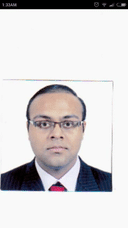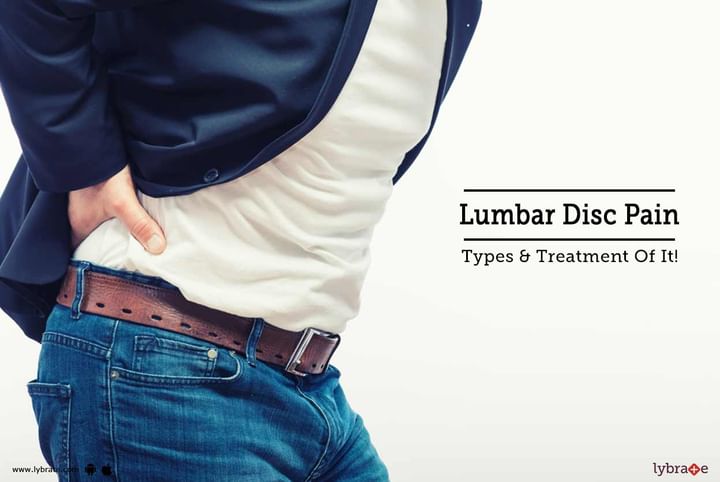Lumbar Disc Pain - Types & Treatment Of It!
Lumbar Disc Pain or Lower back pain is one of the most common problems that people experience at some point in their lives. The main function of the lumbar region comprises structural support, protection of certain tissues, and facilitates the movement of the body.
Lumbar pain can occur due to many reasons. Some of them include conditions that affect the intervertebral discs, lumbar spine, ligaments around the disc and spine, muscles of the lumbar region, spinal cord and nerves, internal organs of the abdomen and pelvis, etc.
The treatments for the lumbar pain depend upon the cause, symptoms, and diagnostic results of patients. In the case of acute lower back pain, physical therapy is very beneficial. However, for chronic lower back pain, surgery and other non-surgical intervention treatments are also suggested.
Types of Lumbar Pain
There are many types of Lumbar pain. However, it is broadly divided into two categories:
● Mechanical Lumbar Pain: This is the most common type of lumbar pain which generally affects the muscles, joints (sacroiliac and facet joints), ligaments, and bones around the spine. This is also known as axial pain. The mechanical pain is generally localized in the buttocks, lower back, and top of the legs. It generally occurs due to excessive pressure or load on the spine based on a person's motion (forward/twisting/backward), posture and level of physical activity.
● Radicular Lumbar Pain: Radicular pain occur when the spinal nerve becomes inflamed or impinged. This pain follows the dermatome or nerve root pattern and spreads into the legs or buttocks. In this type of pain, people feel a sharp, burning-type, electric pain sensation.
Treatment of Lumbar Disc Pain
Lumbar pain can be treated with the non-surgical interventional treatment like Percutaneous discectomy and Endoscopic Discectomy. Depending upon the patients' condition, these two treatments treat the
condition effectively.
Percutaneous Discectomy
Percutaneous discectomy is also known as Dekompressor discectomy. Percutaneous Discectomy is a minimally invasive procedure that is used to remove the affected part of the herniated disc. This procedure results in immediate pain relief. In this procedure, a small needle is introduced in the disc which helps in guiding the doctors by fluoroscopy (live X-ray). Through a needle, a probe with a rotating tip is also inserted. The rotating tip of the probe is when turned on removes the portion of the disc nucleus. This creates space and allows the disc to reabsorb the herniation.
Endoscopic Discectomy
Endoscopic discectomy is also a minimally invasive procedure and is performed to remove the herniated disc material that causes pain in the lumbar region (lower back, buttocks, or upper thighs). In this type of
surgery, a small needle with a camera is inserted and the bulging disc, annular tear, or herniated disc can be treated accordingly.
Take Away
Though these two procedures treat the condition effectively, it is advisable to consult a doctor first as the treatment depends upon the patients' condition.



+1.svg)
